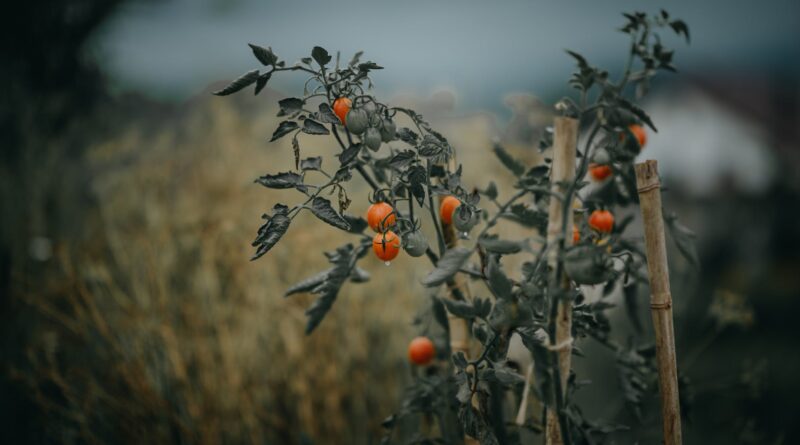Diving Into Cannabis Cultivation: Indoor Vs. Outdoor Growing Techniques
When it comes to growing cannabis, two main methods dominate the scene – indoor cultivation and outdoor growing. These methods differ significantly in terms of environmental control, yield, pest management, cost-effectiveness, quality control, sustainability, and the resulting terpene profiles. So, let’s delve deeper into each of these techniques to understand their distinct advantages and challenges.
Indoor cultivation of cannabis often involves the use of specialized grow lights, controlled climate, nutrition, and carbon dioxide to replicate the plant’s natural environment. This method provides a high degree of environmental control, allowing growers to fine-tune conditions to optimize plant growth. Indoor growing methods allow you to create precise temperature, lighting, and moisture conditions that can significantly influence the plant’s terpene profiles, yield, and potency.
Indoor cultivation can also provide a better platform for pest management. With a controlled environment, the spread of pests and diseases can be minimized, decreasing the need for potentially harmful pesticides. However, this method requires substantial upfront investment and ongoing costs for equipment, electricity, and maintenance. Despite the higher cost, the enhanced control over growing conditions often results in superior yield and quality control, justifying the investment for many cultivators.
By way of comparison, outdoor growing of cannabis leverages the power of the sun for natural illumination. This sun exposure can increase the plant’s terpene and cannabinoid profiles, enhancing potency and offering a more organic taste. Furthermore, this method is typically more cost-effective as it requires less equipment and uses the natural environment to meet the plant’s needs. This aspect also enhances sustainability, as it reduces energy consumption and carbon footprint.
However, outdoor cultivation is subject to the whims of Mother Nature. Unpredictable weather conditions, pests, and diseases pose substantial risks and can potentially compromise yield. Additionally, privacy concerns and legal restrictions may impact the feasibility of outdoor cultivation.
In terms of yield, both indoor and outdoor methods have their pros and cons. Indoor cultivation, with its controlled environment, can produce several harvests each year but with smaller individual plants. Conversely, outdoor growing usually yields a larger crop per plant but with just one harvest annually, given the natural growth cycle from seedling to flowering in one season.
Meanwhile, the cultivation method can also influence the plant’s terpene profiles. Terpenes, the aromatic compounds in cannabis, are known for their therapeutic benefits and contributions to the plant’s unique aroma and flavor. Studies have indicated that exposure to ultraviolet light, such as sunlight in outdoor cultivation, can enhance a plant’s terpene production, potentially leading to a more flavorful end product.
To make an educated decision between indoor and outdoor cultivation, it’s essential to weigh the demands and advantages of each method against your unique circumstances. Factors such as local climate, available resources, legal restrictions, and market demand should all figure into your considerations.
In conclusion, both indoor and outdoor cannabis cultivation techniques have their strengths and challenges. Indoor cultivation offers greater control over environmental factors and pest management, typically translating to higher consistency and quality. On the other hand, outdoor growing wears the crown for sustainability, cost-effectiveness, and the potential for natural, sunlight-enhanced terpene profiles. Therefore, the choice between these two depends largely on the individual cultivator’s priorities, resources, and goals.
While the debate of indoor cultivation versus outdoor growing is unlikely ever to be definitively settled, ongoing advancements in technology and cultivation best practices promise to continually evolve the landscape for years to come. As always, knowledge is power in making the best decision for your specific cultivation needs and goals.
